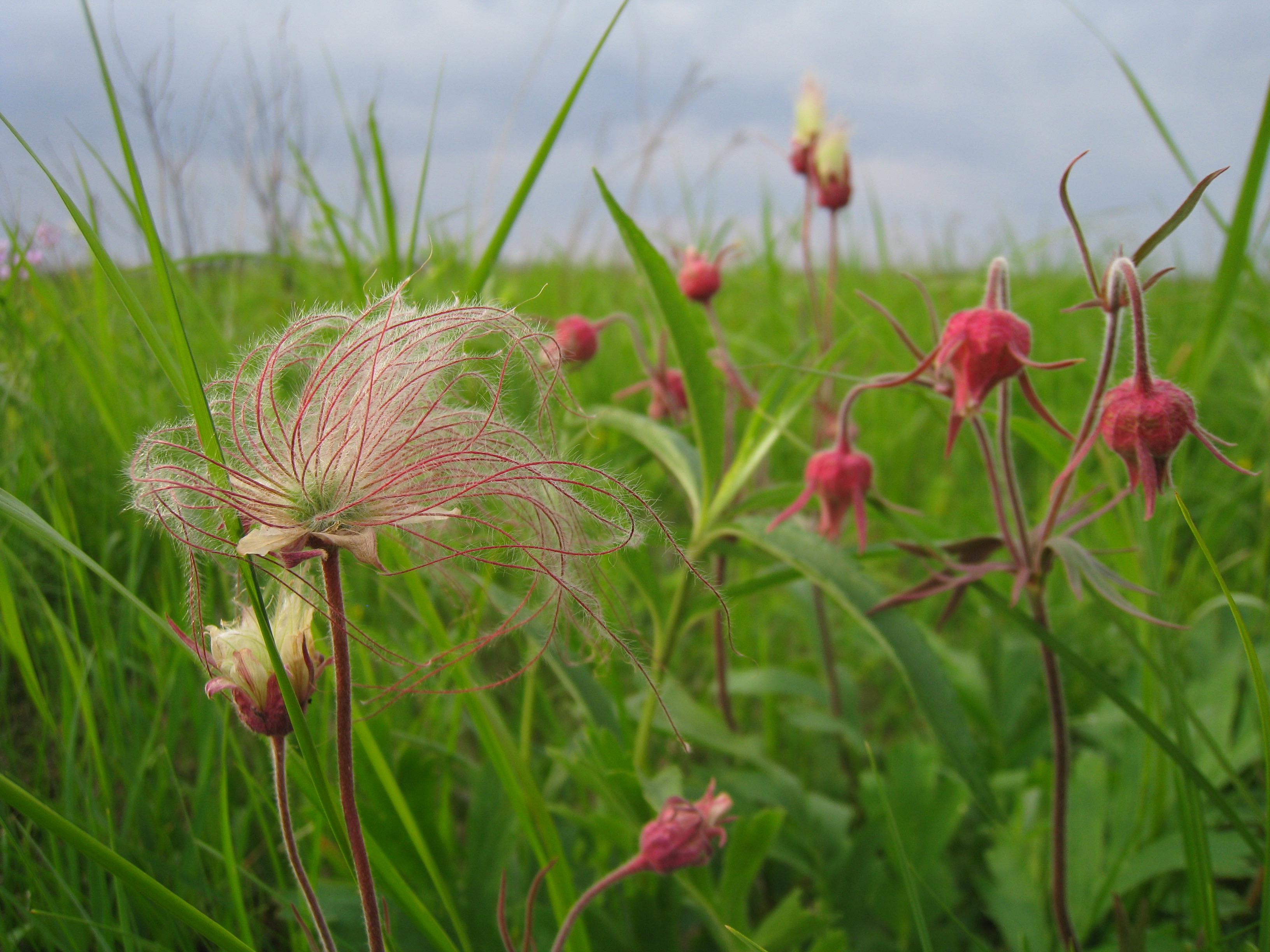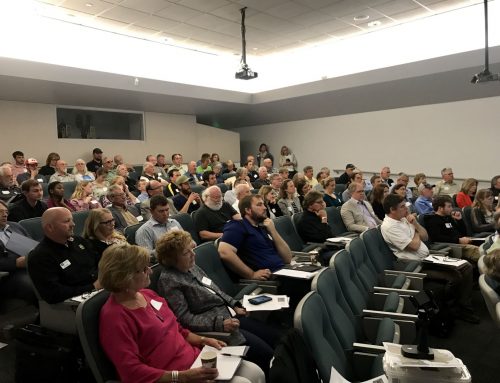Laura Jackson, Director – Tallgrass Prairie Center, University of Northern Iowa
From the Fall 2016 Issue of the Tallgrass Prairie Center Newsletter.
Recent floods this fall remind us that our region is shockingly vulnerable—but we are responding by getting good at filling sandbags. There is no doubt that the innovations are something to be proud of. The City of Cedar Rapids was able to deploy large containers of sand called HESCO barriers to serve as a temporary levee system. Another company has figured out a technology to process the tens of thousands of heavy, wet sandbags after use so the clean-up goes more smoothly. And the organizing of volunteer sandbag crews is so much better than it was during our last 500-year flood event in 2008.
“Resilience” is the capacity to adapt and cope with a shock like the last flood, and to prepare for the next one. The Tallgrass Prairie Center is working on a project with the Iowa Flood Center under a five-year grant from the US Department of Housing and Urban Development. The project includes many other partners, to help communities in eight watersheds across the state. We were invited to join this team so we could offer tailored technical assistance in creating an even better sandbag—the prairie.
By adding native perennial vegetation to the landscape, farmers can slow down and reduce the stormwater runoff leaving their farms. Soils returned to prairie vegetation grow more porous and able to store water. ISU research shows that converting 10% of a crop field to prairie in strategically placed strips can result in a 40% reduction of surface water runoff (in comparison, wetlands and farm ponds reduce stream flow by 10-30%). Prairie plants also pump water out of the soil into the air throughout the growing season, up to six months of the year.
So far TPC staff have attended watershed meetings in Vinton (Middle
Cedar WMA), Decorah (Upper Iowa WMA), Independence (Upper Wapsipinicon WMA), Williamsburg (English River WMA), Sigourney (English River WMA), Storm Lake (North Raccoon River WMA), and Coralville (Clear Creek WMA), to listen, and to share the value of restoring prairie in the landscape. In the next few years we will provide assistance to landowners in these watersheds who decide they want to install a diverse, beautiful, yet cost-effective prairie—the ultimate sandbag.
Laura Jackson will be hosting a symposium on a related topic, Flooding, Cli- mate Change and Agriculture: Strategies for Resilience, at the Iowa Academy of Sciences annual meeting, April 22nd 2017, at UNI. Speakers will be climate sci- entist Gene Takle, ISU; Larry Weber, Director of the Iowa IIHR- Hydroscience and Engineering and co-founder of the Iowa Flood Center, and Matt Liebman, Agronomy Professor and HA Wallace Chair for Sustainable Agriculture at ISU.


